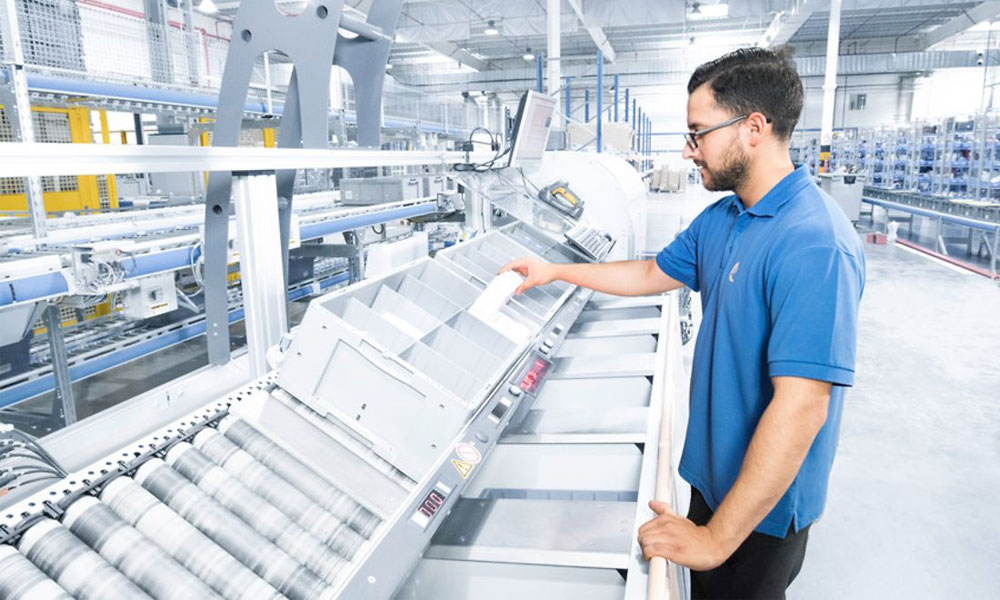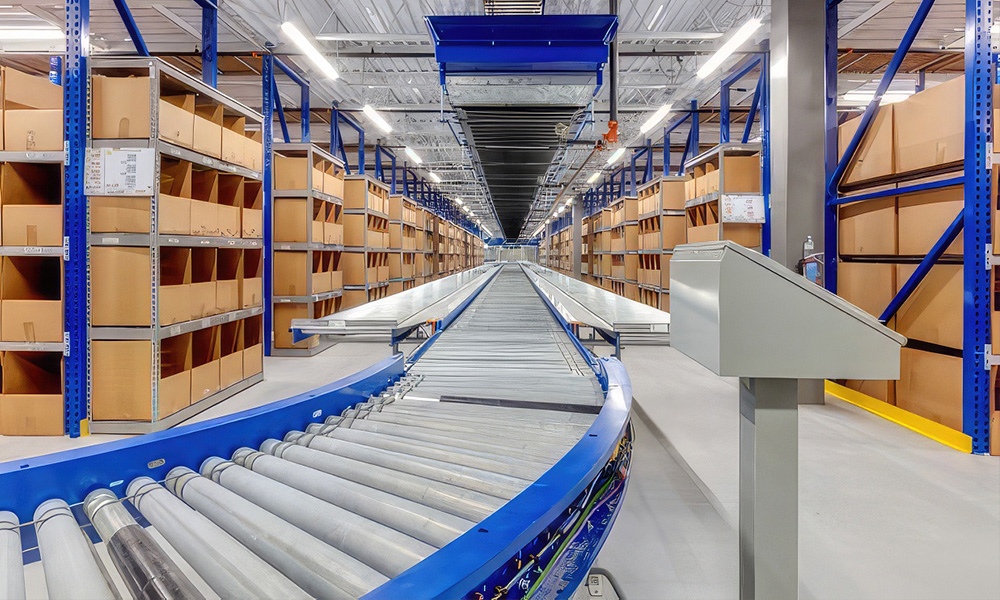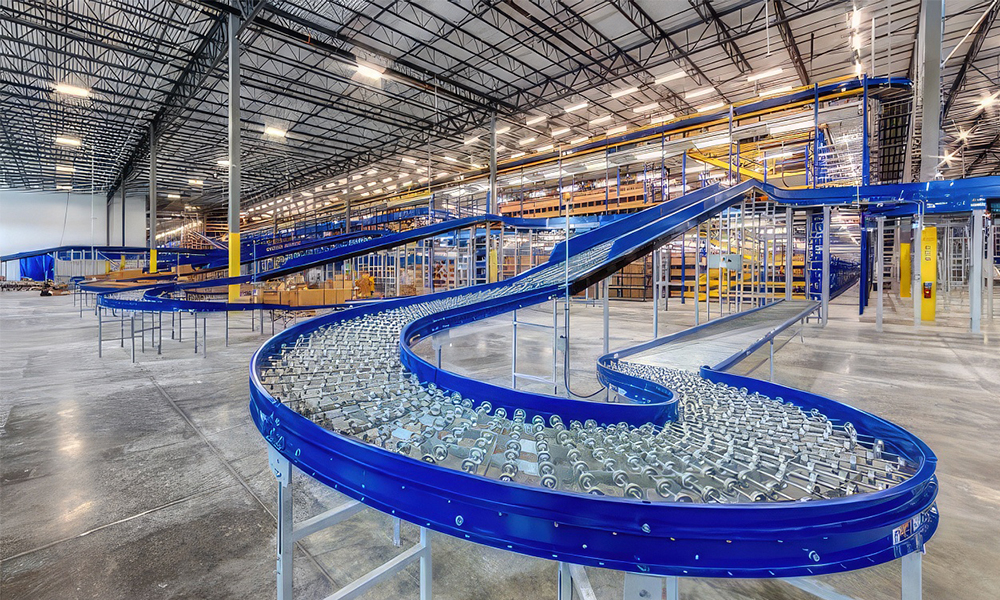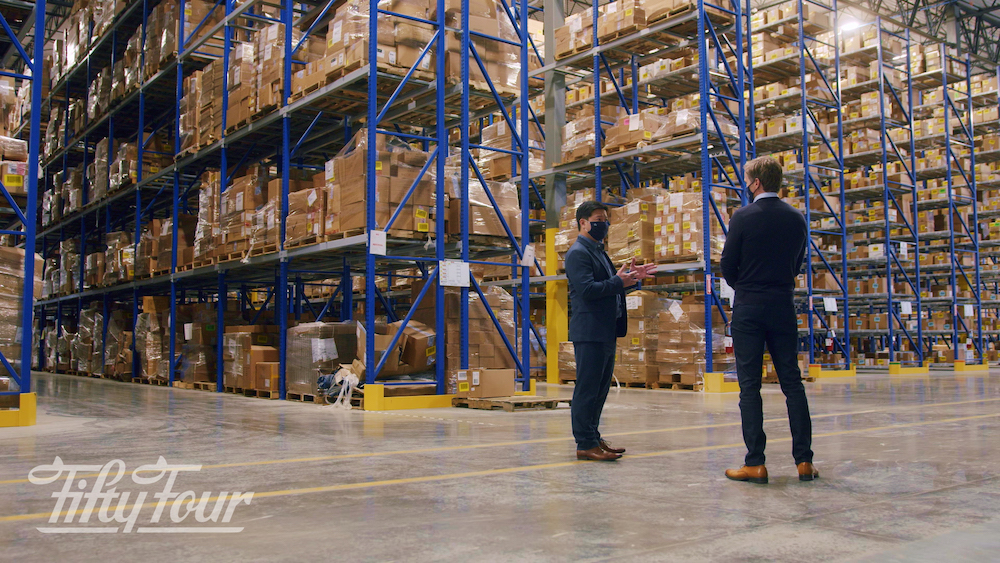
Warehouse operation managers are constantly seeking solutions to improve productivity, enhance warehouse systems and processes, and reduce costs. Key goals are aimed at efficiency, effectiveness and profitability of the warehouse operations. To achieve these high-level goals, there are areas that need to be monitored. These goals help warehouse managers support the overall objectives of the business, including profitability, customer satisfaction, and long-term growth.
Inventory accuracy ensures the documentation matches the stock levels to minimize discrepancies and improve order fulfillment. Streamlining warehouse processes to reduce wasted time and resources and optimizing the flow of goods from receipt to shipment enhance operational efficiency. Identifying and implementing strategies to reduce operational costs, such as labor, storage, and equipment expenses is another key area. To be safety-compliant, it is important to maintain a safe working environment by adhering to health and oppici safety regulations and implementing best practices to prevent accidents and injuries.
Technology integration is important to leverage warehouse management systems to improve tracking, automation, and data analysis capabilities. Efficiently utilizing warehouse space to maximize storage capacity and minimize wasted space is absolutely imperative. Investing in the training and development of warehouse workers to enhance their skills and productivity is the key to continual excellence in performance. And of course, customer satisfaction is highly important. Ensuring timely and accurate order fulfillment helps meet or exceed customer expectations.

Semi-Automation Solutions
In order to meet the goals and expectations for the warehouse operations listed above, management must take a look at automating the processes, systems and equipment. One solution is to integrate a semi-automated system. That is a system that combines manual labor by the worker with automated machinery and processes. Implementing automated systems to enhance the workers’ productivity can maximize the return on the investment while reducing costs in the long run. Automated tracking and distribution systems can be a first step in creating a more efficient operation. Then, adding technology to equipment for improving navigation in the warehouse in a good next step. With the technological advances in the industry, current equipment can be implemented with technology to enhance productivity throughout the warehouse.
Reasons for Selecting Semi-Automated Systems
There could be many indicators that converting to an automated system is a good idea to consider. Running a warehouse with manual labor can have its draw-backs. The most important ones include an increase in unnecessary errors in the order, picking or shipping processes. Also, it may be harder to find workers who are comfortable with manually driving warehouse functions, especially if there are risks involved. Eliminating the need for workers to stoop, bend, lift and stretch to select and move inventory will help increase the welfare of the workers, not to mention the productivity levels are sure to increase. If the operation is contending with maintaining high customer demand levels, that is another reason to automate. Depending on the warehouse operation and its volume of inventory and workers, it might be more efficient to upgrade to semi-automation instead of full automation as the initial step. There are some advantages in achieving this solution.
Flexibility
Semi-automated systems can provide flexibility. Once management and workers are proficient using semi-automation in the warehouse and the budget allows, full automated integrations can be applied to the existing systems and machinery at a future date. In some warehouses, it is important to have workers handle some aspects of the workflow. Having operators or workers available to intervene in emergencies is important. Or if issues arise with the systems, someone can be on-hand to step in and make corrections. As semi-automated solutions are integrated, management of the warehouse can select which processes will be most beneficial to automate and which should remain manually operated.
Return on Investment
Semi-automated systems are usually less expensive, depending on the existing systems and machinery. Semi-automated systems can also be implemented faster than a fully automated system. In some operations, this would definitely be an advantage. There should be no halt in the workflow throughout the warehouse that would cause in backups in inventory order fulfillment. Getting the operators up-to-speed on the systems quickly and safely would be extremely advantageous. In most cases, the return on investment will be realized faster and with tighter gaps in production processes.
Overall Warehouse Performance
Whether management has decided to automate a small portion of the warehouse processes or a larger portion, there will be advantages to both decisions. Using an automated system to handle monotonous tasks such as picking and moving inventory can help eliminate some types of errors. Enhanced accuracy in all aspects of the operation is guaranteed to ensure an increase in productivity and the bottom line. Once automated systems are in place and workers are well-trained in the operation of the upgraded machinery, accidents and injuries are sure to decrease in numbers. The importance of keeping the workers safe and the warehouse floor accident-free is paramount to a successful operation. Incorporating semi-automated systems into the warehouse will definitely reduce labor costs, not necessarily in reducing the number of workers but ensuring the workers are accomplishing tasks more efficiently.

Examples of Semi-Automated Warehouse Machinery
There are a number of systems and machinery in the warehouse that can be integrated with semi-automated technology. Inventory management is high on the list of processes that should be automated. Utilizing barcode scanning and RFID tagging along with a quality warehouse management system can improve inventory accuracy. In addition, two of the most important areas where semi-automatic systems can be implemented are conveyors and picking equipment.
Conveyors
Conveyor systems used to get inventory from one place to another come in a variety of types. A pallet rack system integrated with a conveyor can offer viable semi-automation in some warehouse operations. A smooth flow from the racking system to the packing and shipping area is ideal so that a forklift isn’t needed to move the inventory. Depending on the speed and processes required, integration with gravity, belt and roller conveyors are options. Also available are accumulation and sortation conveyors.
Picking Systems
Picking and sorting of inventory can be achieved through a number of methods. Some of those include: single order, batch, multi-batch, cluster, wave and zone. Depending on the amount of automation management is prepared to implement in a warehouse there are several innovative and efficient technologies available. The pick-to-light system uses LED lights to distinguish SKUs on inventory. When the operator scans the order identifier, the light will change from red to green showing which items need to be picked to complete the order. Voice pickers send a command to the worker’s headset indicating which items to pick. This keeps the worker from having to look down at an order and possibly making errors in the picking process.
The Difference Between Semi-Automation and Full Automation
The main difference between semi-automation of a warehouse operation and incorporating full automation is that with semi-automation an operator starts the process with the machine finishing it. A fully automatic system starts and finishes a process with little operator assistance. Each method has a central computer controlling the operation. Processes must be in place to achieve completion of the system operation, instructions to direct the process and a control system to activate the instructions. Semi-automation ensures warehouse operators will achieve larger volumes of inventory while maintaining high quality and consistency. Semi-automated systems can effectively reduce labor costs and are usually less expensive to implement. For smaller warehouses with limited budgets this can be a good option.
We Can Help Assess Your Warehouse Needs
54 Intralogistics offers integrated solutions and warehouse automation to help maximize the efficiency and profitability of your warehouse. The 54 Intralogistics team of professionals provides innovative warehouse automation needs analysis, planning, CAD design, engineering, product/equipment procurement, installation as well as ongoing service and maintenance. Let us assist you in determining which semi-automation solutions will work best for your warehouse operation!
